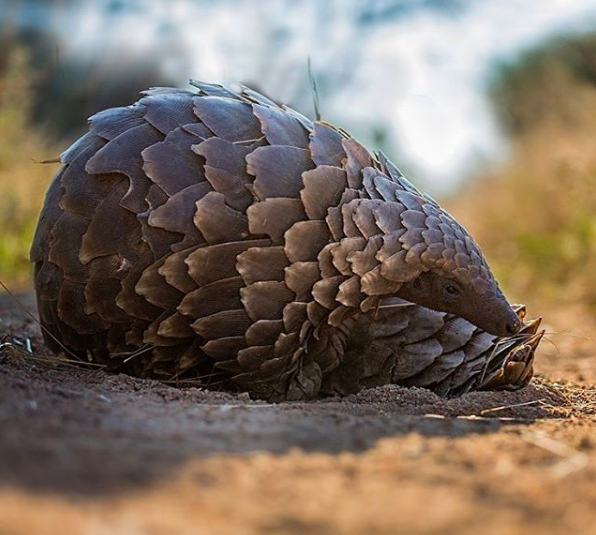The Coronavirus (COVID-19) was transmitted to humans via a wild animal, believed to be a pangolin, for sale in Wuhan’s wet market.
Many major publications have covered this story. Here is an opinion piece from the New York Times providing more detail. Here is another from NBC News.
In China pangolins are widely prized as a delicacy for their fictitious medicinal virtues and their meat is served as a status symbol and have become the most trafficked mammal in the world.
In one 2015 survey, 70 percent of Chinese respondents said they believed that consuming pangolin could cure rheumatism and skin diseases and heal wounds. People hold some of these beliefs thinking they are rooted in traditional Chinese cuisine and medicine.
But this is false and if we explore the history of Chinese medicine further we find evidence in the teachings of Sun Simiao, an alchemist of the Tang dynasty, advising that pangolin meat: “(Causes) lurking ailments in our stomachs. Don’t eat the meat of pangolins, because it may trigger them and harm us.” Li Shizhen, an herbalist, naturalist and physician — also warned that people who eat pangolin “may contract chronic diarrhea, and then go into convulsion and get a fever.”
Ancient texts also cautioned against eating any number of other wild animals, including snakes and badgers and other creatures, such as boars, that today are thought to sometimes transmit diseases to humans.
Although China has had wildlife bans for over decades, their implementation has been weak. In 2007 the sale of pangolin products outside of ‘specially certified hospitals and clinics’ was outlawed.
Sadly this hasn’t seem to help pangolins, with over nine tons of pangolin scales seized in January 2019 and over 33 tons of pangolin meat across Asia a month later.
Many of the bans had loopholes that still allowed wildlife trade if it was for research or medicine.
The increasing demand for pangolins as their populations decrease has also incentivized the black market prices for them.
If pangolins did indeed transmit the coronavirus to humans, this surely could have been avoided by listening to ancestor’s warnings about consuming wild animals.
Another ban may not be the solution, but the sharing of more factual information definitely will. Debunking myths is important, especially when we’re combating decades of cultural traditions.
Learn more about Pangolins here.
World’s Largest Privately Owned Sequoia Forest Is Now Protected

Save the Redwoods League, a California-based nonprofit, was able to purchase Alder Creek for $15.65 million after nearly two decades of negotiations with the Rouch family, who privately owned the grove since the 1940s. While the grove was owned by the family, it was used for commercial logging — though they stopped cutting down the giant sequoias in the 1960s.
Thanks to the new deal (largely made possible by individual donations to a fundraiser), Save the Redwoods League will own the grove for the next decade — but plan to ultimately transfer ownership to the U.S. Forest Service, so the wilderness will become federally protected.
Waxworms Could Solve The Plastic Crisis

Waxworm, which are the larvae of wax moths, have been observed by scientists eating plastic. The caterpillars have been labeled “plastivores” who can consume plastic and turn it into energy.
Researchers out of Brandon University have studied the microbiome of these waxworms to see how the microorganism in its gut breakdown the plastic; the scientists have separated the microorganisms from the worm, and have found that both, independently, can break down plastic but when they work together, they can accelerate the biodegradation of plastic. Since they are typically found in beehives, eating honeycomb, their bodies don’t know the difference between plastic and honeycomb.
Cheetah Cubs Born Through IVF Offer Hope For Species

Two small cheetah cubs have been born to a surrogate mother via in vitro fertilization (IVF) for the first time. Their births offer hope for the struggling cheetah population, and animal experts are calling it a “groundbreaking scientific breakthrough.”
The male and female cubs were born on Feb. 19 at the Columbus Zoo and Aquarium in Ohio to surrogate mom, Isabel. Affectionately known as Izzy, the 3-year-old is a first-time mom.




